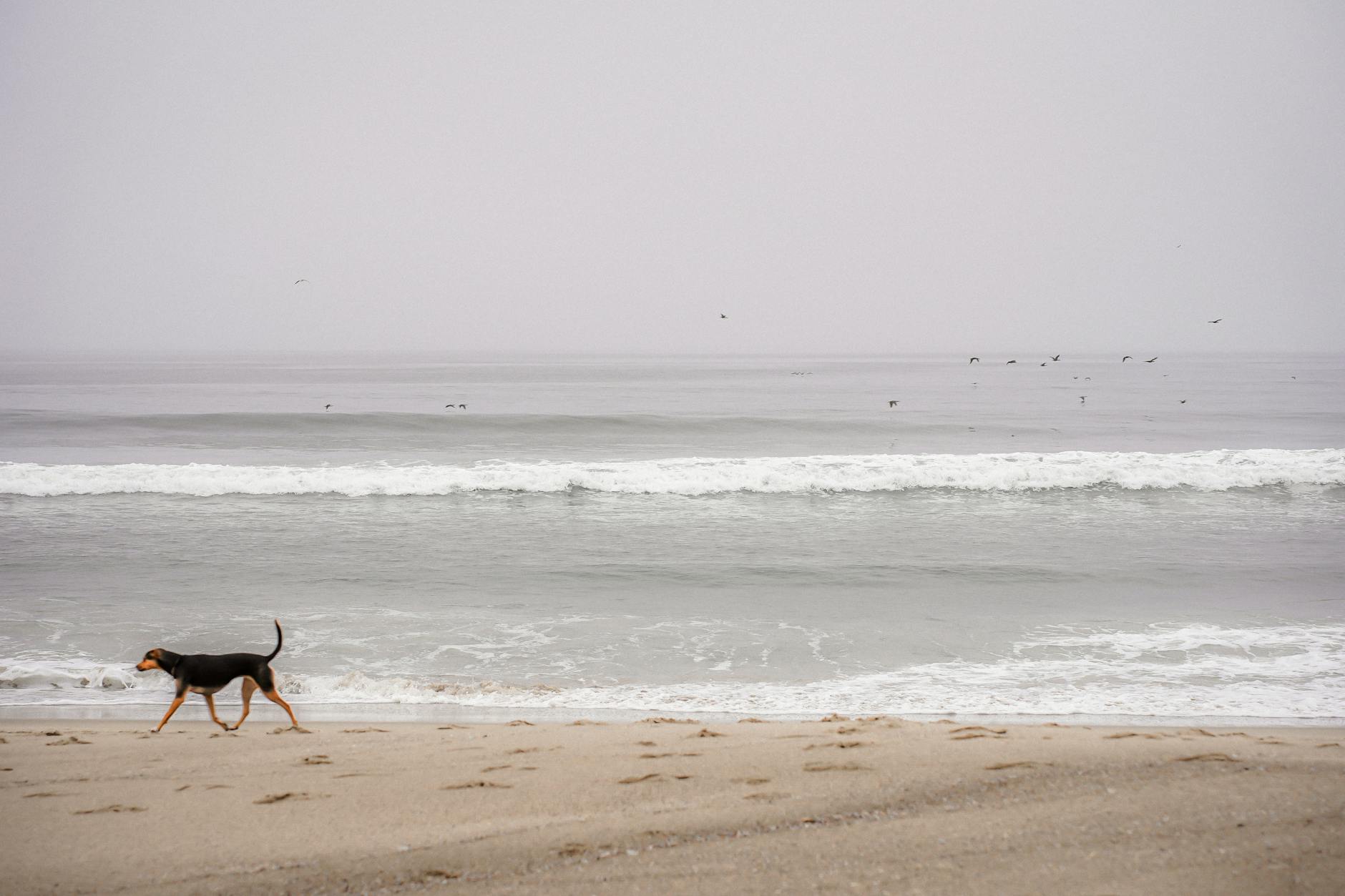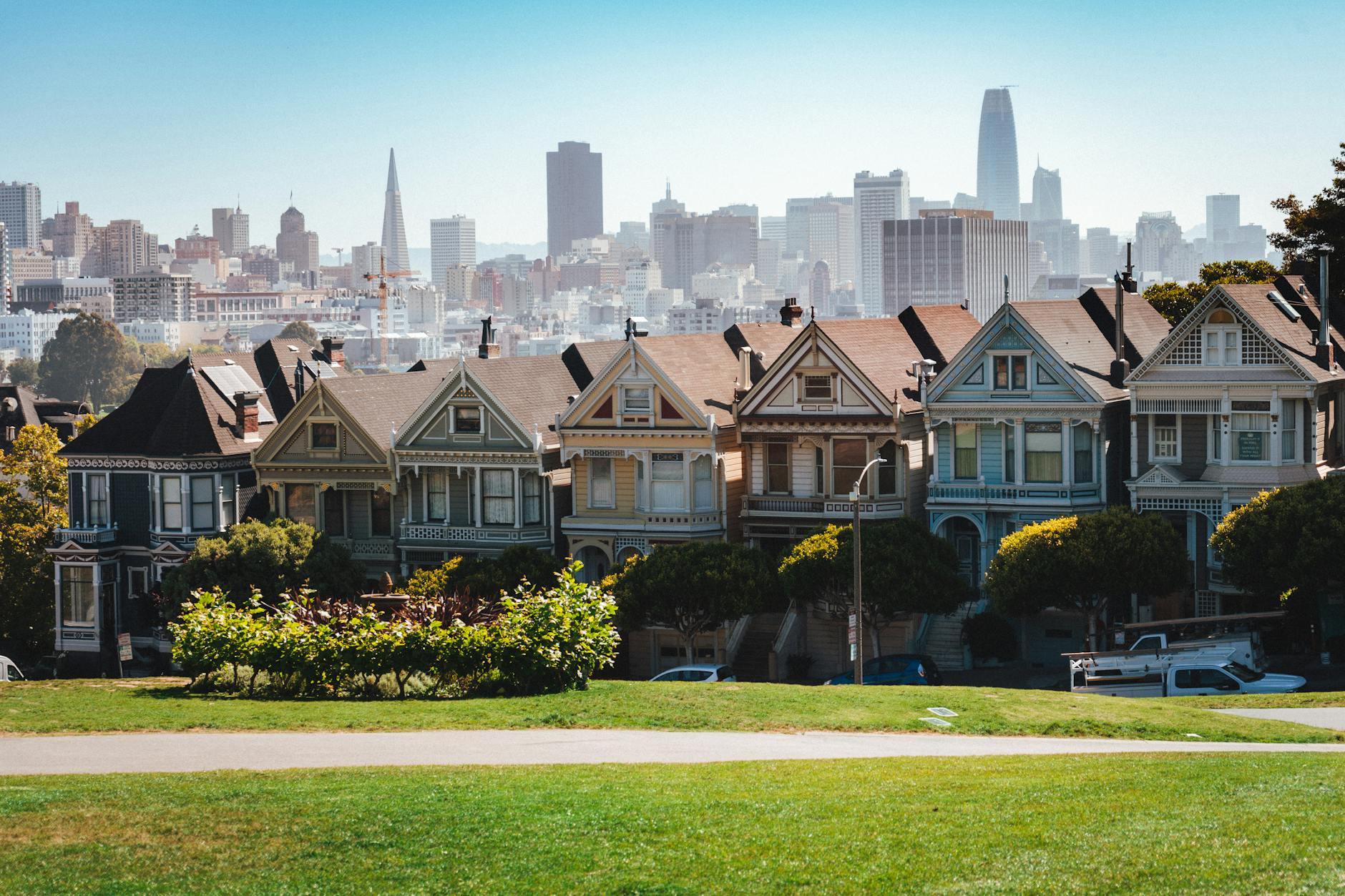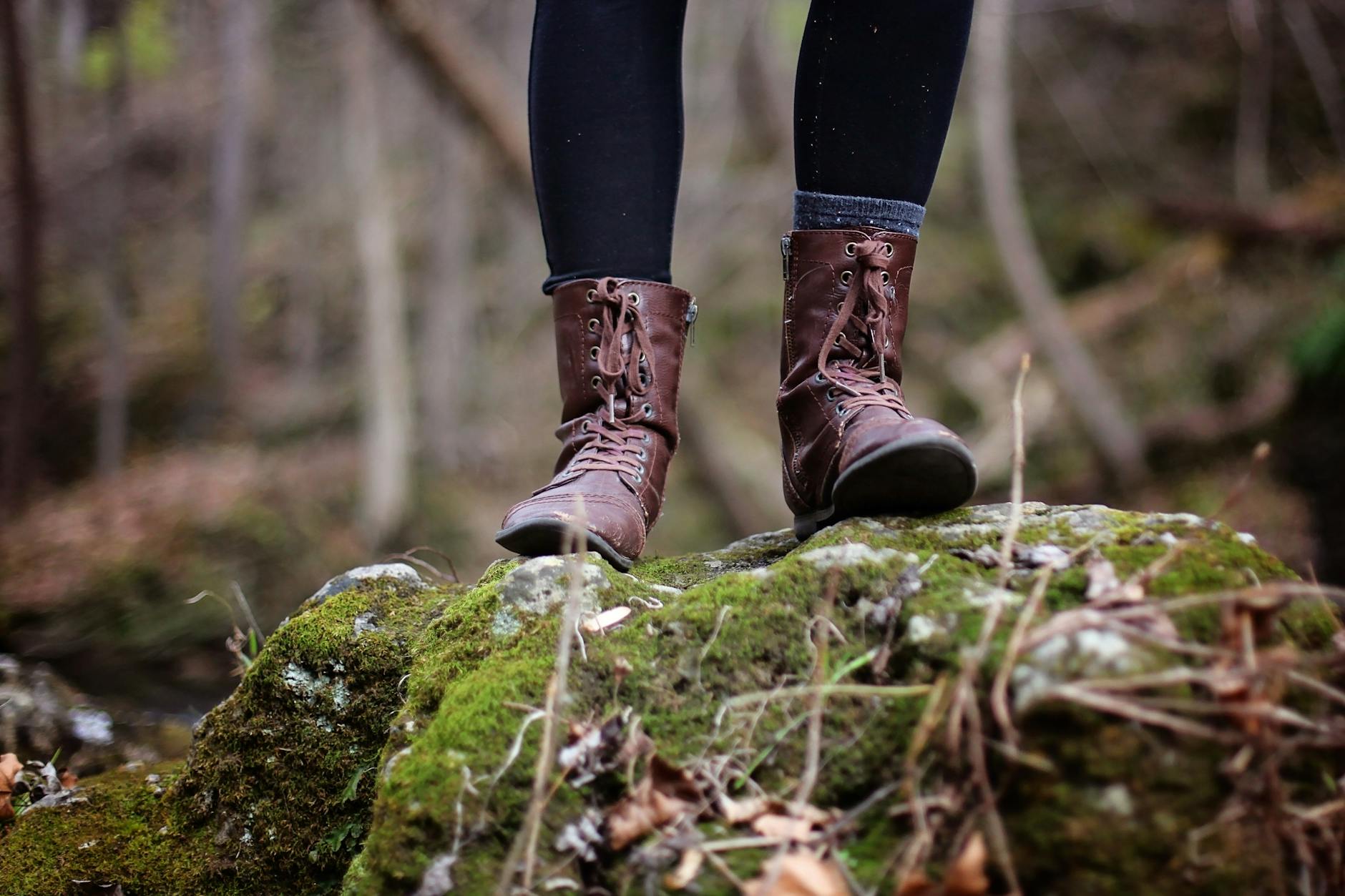Walking a dog that lounges and barks at dogs or people can be a daunting process. It is super stressful (I have to constantly watch out for other dogs, especially the off-leash ones), disappointing (that’s not how I imagined life with my dog), scary (what if they attack or get attacked), energy-draining (from being overly vigilant and tense all the time) and even shameful (my dog is friendly, I know that, but they bark and lounge and scare other people or other dogs).
Been there, done that. I walk & train dogs professionally in SF Bay Area and I worked quite a lot with reactive dogs. And these are my tips on how to make your life dealing with reactive dogs and walking them a little bit more bearable.
Let bad weather be your best friend
I love the sun and despise overcast, but when dealing with reactive dogs, I love bad weather. People don’t walk their dogs in bad weather, or they take shorter walks, hence fewer people and dogs outside.
Get a weather app. I love NBC Bay Area Weather since they will send you a notification when rain is about to start. Time to take your dog out 😉 (Unless your dog is also environmentally sensitive and stormy weather can freak them out, but that’s another story).
So if you are planning to hike or take your dog for longer outings, choose days when it’s rainy, foggy, or stormy. If it’s a sunny day after a few days of overcast, you are better off having an in-home enrichment or training session to tire your dog out and skip a long walk.


Become a lark / a night owl and choose a walking time wisely
If your reactive dog can’t handle seeing other dogs, then you have to be very picky when you are walking them.
If you are on a flexible shift schedule or if you work from home, take your dog out at odd hours. You can do a quick 15-minute potty break in the morning, but choose a longer walk midday between 11 am and 2 pm. Definitely avoid common peak hours, i.e. here in San Francisco it would be between 4 pm and 6 pm.
I often take dogs for walking late morning or early afternoon and I can’t describe how many parks, neighborhoods, and hiking trails around SF Bay Area are empty on a weekday. If you are working from home (lots of folks still do), see if you can start your workday earlier and have instead a longer lunch break that you can dedicate to taking your dog out.
If you are lucky to be an early riser, take your dog for a 6 am hike. I bet you won’t meet many other people or dogs. Or if you are a night owl like me, maybe consider a longer walk after dark. It is more sketchy this way, but also it is much fewer people.
Distance matters, so think of wide streets
If you are already working with a dog trainer (and if not, I highly recommend that, since reactivity can be reduced through training, it just takes time and dedication), you probably know that being further away from the offender (another dog or a human) makes your dog’s reactivity much less pronounced.
This means you need to walk your dog in neighborhoods with wide sidewalks and wide streets, so you naturally have more space to avoid other dogs. Think of streets with lots of intersections, so if you see another dog walker in the distance, you can easily cross to another side or make a turn and duck into another street.
For some people living in urban areas means driving 5-15 minutes to a quieter neighborhood with fewer pedestrians and more spacious sidewalks. (In SF those are usually more wealthy neighborhoods like the ones in Balboa Terrace near Ingleside, Sea Cliff near Presidio, parts of Noe Valley etc.).
At this point, you might be worried that you don’t have enough time for that, but hear me out. Let’s say you have 40 min to walk your dog, even if you spend half of that time driving and the rest of the time a peaceful 20 min walk, it’s gonna be so much better for you and your dog.



Let landscaping be your savior
Let’s talk about trigger stacking for a second. When your reactive dog encounters their first dog on a walk, they might be still somewhat okay. But if they see a dog after another dog, they might not have enough time to mentally recover after the previous encounter.
And on dog #6 they might react much more aggressively than with dog #1. Because triggers stack one on the other and make their reactions worse. So even if you are actively training (using engage/disengage, BAT, or other protocols) and you want to see some dogs, but not all of them.
In this case, use landscape to your advantage.
Let’s say I see a person with a dog across the street and I know that my dog would react to them. So instead of letting that happen, I spot a car or a large bush and guide my dog there. I use it as a natural barrier and block my dog’s view. They can’t see the other dog. I would just wait there (constant feed or treat scatter if needed) until the other dog passes us.
Trees, bushes, cars, fences, any large structures – all of that can be used as a visual barrier. They still gonna hear or smell another dog in the distance, but without sight handling your dog might be easier.
Another way to use landscaping to your advantage: let’s say another dog is on the same side of the street and you don’t have time to cross to another side, step into the driveway, or duck into the entrance to the apartment building to create that extra distance. When needed, do a treat scatter on the floor to keep the dog a bit more distracted if the distance is not long enough.
Buy good waterproof hiking shoes and embrace the off-trail
When hiking with your dog in a park, you have to be ready to step off-trail to avoid a close encounter or create a distance from the trigger. In this case, investing in good hiking shoes will make walking in the grass a pleasant experience. (And if you already embraced walking your dog in bad weather, make sure those boots are waterproof).


Don’t be shy to cross to the other side of the street or turn around
Walking a reactive dog not only means that you have to be more vigilant but also to obtain great leash-handling skills.
Part of this skill is to notice the other dog before your dog does and make a quick decision to either cross to the other side of the street or to turn around and walk away until you can hide behind a car or another part of the landscape (like mentioned above).
Quick training note: Making 180 turns or making your dog immediately follow to another side of the street will require few training sessions (start practicing at home and continue building the skill outside when no other dogs around until it’s quick and solid).



You are walking your reactive dog in the wrong place
If neighborhood walks are still a struggle, even with all the tips above, you might need to completely change where you walk your dog. And this will include driving to a place where you can walk your dog safely).
Think of places within a 5-15 min drive from your place where people with dogs would normally not go.
Here are a few examples of such places:
- University campus (especially during spring/summer breaks)
- School grounds on the off-day or after all the kids are dismissed
- Large parking lot of a shopping mall (especially early in the morning or late at night when everything is closed)
- Large hospitals with parking and some green areas to hang out
- Big office buildings/campuses that have outside chill areas with trees, benches, etc
- Cemeteries
- Underground parking structures of the shopping mall
- Apartment complexes that don’t allow tenants with dogs but have some outside green area
- Large grocery store parking lots
- Large hotel courtyards
- Museum courtyards
- Airports
- State parks that don’t allow dogs on trails (but they usually allow dogs on paved areas around the parking, so most people would not bring their dogs there, a good example is Point Reyes Park for instance)
- Stores that allow dogs (I have an article about that)
Tip: Look at Google Maps in a satellite mode and look for those green areas around public buildings, you might find a hospital or hotel that has lots of green area and it might be not heavily used by other dog walkers.
Some of these spots would not work for people-reactive dogs, so it’s good to go test a place without your dog before you bring your dog in. Otherwise, stick to early morning or late nights outside of business hours. I.e. a business center is probably a safe bet after 7 pm or before 6 am. A grocery store parking lot is probably good before 7 am, etc.
If all the advice above is overwhelming, (or maybe it’s time to hire a dog walker or a dog trainer), feel free to hire me in-person in San Francisco, or for remote consultation – worldwide.
